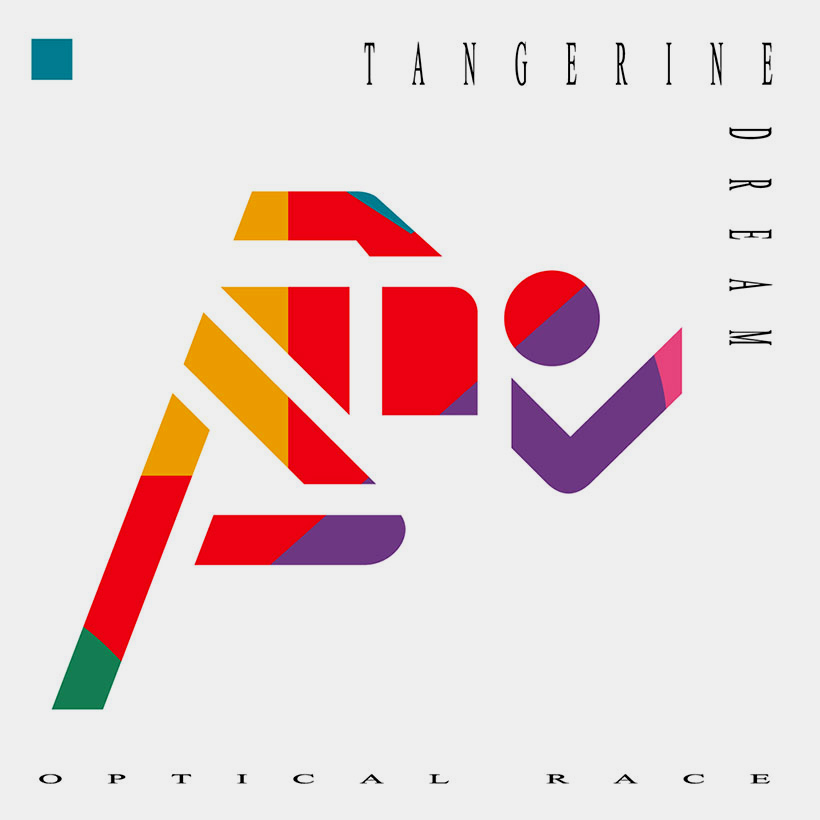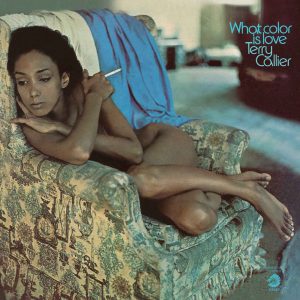1987 had proved a difficult year for Tangerine Dream. Though the highly regarded electronic visionaries could usually rely on critics to roll out the superlatives, their most recent studio set – the underrated, William Blake-inspired Tyger – had received lukewarm reviews; it also closed the band’s account with Clive Calder’s Jive Electro imprint. More pressingly, TD leader Edgar Froese’s long-time first lieutenant, Christopher Franke, also took his leave in August ’87, departing after 17 years of active service, during which he’d played a crucial role in shaping the content of all the band’s albums since 1971’s Alpha Centauri. Sensing Franke’s presence would be sorely missed, Froese and Paul Haslinger decided to record TD’s next LP, Optical Race, primarily as a duo, and place a greater emphasis on technology: specifically their latest acquisition, the Atari ST computer, on which all the album’s tracks would be programmed.
Despite the loss of Franke, however, recording Optical Race brought Edgar Froese back into contact with another key figure from his past. Keyboardist and studio wizard Peter Baumann had featured prominently on all of TD’s groundbreaking releases from 1972’s Zeit to ’77’s critically hailed, US-recorded live LP Encore, and it was his LA-based organization, Private Music, which issued Optical Race in August 1988.
Fans usually informally refer to the group’s time with Baumann’s imprint as the “Melrose Years”, as the company’s office was located on L.A.’s iconic Melrose Avenue, but TD’s Private Music catalog has frequently divided opinion within fans, the industry, and even band members. One of Optical Race’s biggest critics was Edgar Froese himself, who insisted that the band re-record the LP in its entirety in 2002, for inclusion on the 3CD box set The Melrose Years.
Froese’s major beef was that the excessive use of programming made Optical Race seem cold and sterile. In retrospect, though, this motoric precision actually enhanced the music on occasion – not least on the hectic titular tune, where the relentless, piston-like beats added a manic edge to an already exhilarating Hi-NRG backdrop.
Elsewhere, Optical Race also proffered some of the most beguiling and accessible melodies that Tangerine Dream laid down during the 80s. The North African-flavored “Marakesh” [sic] and the dramatic “Atlas Eyes” rivaled the best cuts from the evocative Le Parc; the dense, cyclical, sequencer-based “Turning Off The Wheel” credibly harked back to the group’s legend-building Virgin era; and the stirring “Sun Gate” – the one track to feature input from new collaborator Ralf Wadephul – allowed Froese ample opportunity for an increasingly rare, but highly eloquent, guitar solo.
With Wadephul on board, Tangerine Dream undertook a lengthy tour of North America and Canada during the fall of ’88, but this line-up existed merely for the shows’ duration. Indeed, within a few months, Froese and Haslinger were already reacting against Optical Race’s sleek, mechanized sheen and crafting Lily On The Beach: a record which favored a significant shift back towards acoustic instrumentation.




